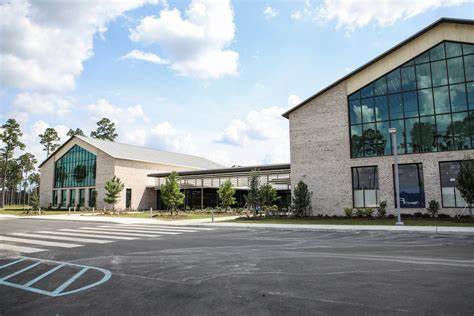This is the VOA Special English Education Report.
Many rural areas in the United States have no doctor. Some medical schools are trying different ways to treat the problem. One idea is to educate doctors in smaller communities and hope they stay. Dr. William Cathcart-Rake heads a new program at the University of Kansas in the Midwest.
WILLIAM CATHCART-RAKE: “We need more docs. There’s somewhere like a quarter of all of our physicians in Kansas are sixty years of age or older. So we need to be replacing physicians, too.”
He says medical students from rural areas now typically study in Wichita or Kansas City, two of the biggest cities in Kansas.
WILLIAM CATHCART-RAKE: “They say, ‘You know, I really have every intention of coming back to rural Kansas,’ but they meet a soul mate, they get married, their soul mate happens to be from a big city and we never see them again. They get captured in the big city. Hopefully, if we train them in smaller communities, they can meet the prospective spouses here, they can network here, and they have those connections which can hopefully be lifelong.”
The program is based in Kansas’ tenth largest city, Salina, home to about fifty thousand people. Salina is about a three-hour drive from Kansas City, past fields of corn, soybeans and cattle.
Student Claire Hinrichsen grew up in a town of about six hundred people. She attended the University of Kansas, or KU, as an undergraduate. One reason she chose the Salina program is because of the size. There are only eight students — the smallest medical school in the country. Classes are taught by professors in Salina or on a video link from Kansas City or Wichita.
Ms. Hinrichsen talked about the program with reporter David Weinberg.
CLAIRE HINRICHSEN: “I really like it. I know everybody in my class. We are close and it’s a nice feeling. I went to KU, so I went to a big school, and I’m getting back to the small feel. I like it a lot.”
DAVID WEINBERG: “How do these two compare, like going to KU and going here?”
CLAIRE HINRICHSEN: “They’re a lot different. My first class in general chemistry in KU had more people in that lecture hall than there were in my town! So it was a big change and it was hard to get used to having so many people there.”
Students who complete the four-year program will then do their residency training in a small community in the surrounding area. One place a resident might work is the Clay Center Clinic, where Dr. Kerry Murphy is a family physician.
KERRY MURPHY: “This is a clinic that has currently eight doctors and four mid-level practitioners and we cover, of course, this town, but we also have satellite clinics in two nearby towns. We just kind of operate as a what I call a ‘cradle-to-grave operation.’ We deliver babies and go all the way up to doing nursing home care.”
Rural doctors generally serve older, poorer patients. Going into a specialty in a big city can mean better working hours and more money to pay off student loans.
The Salina program will pay tuition for each year that students practice in a rural area in Kansas.
And that’s the VOA Special English Education Report. I’m Mario Ritter.
